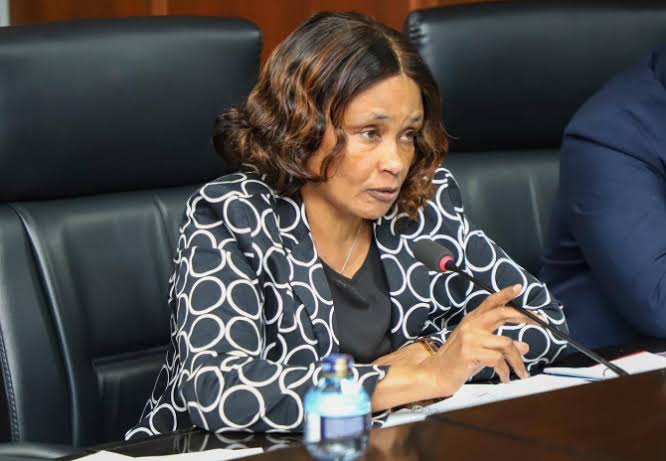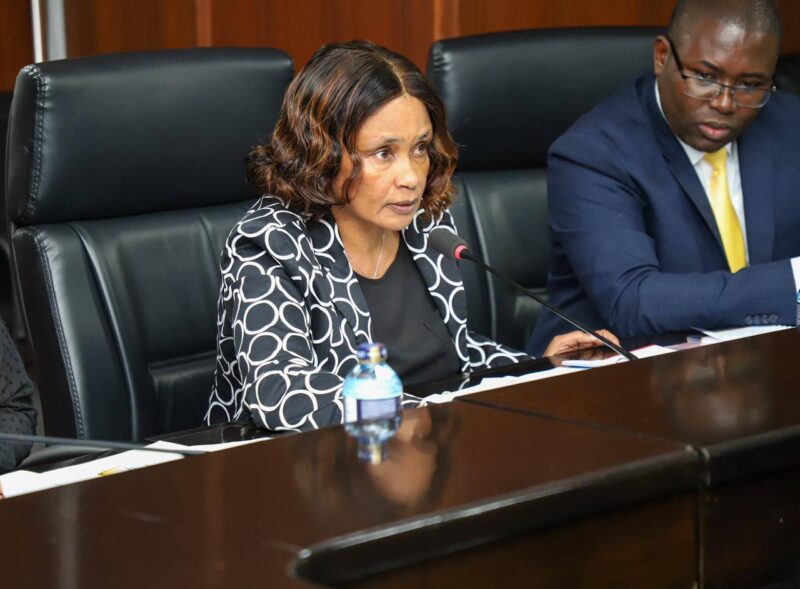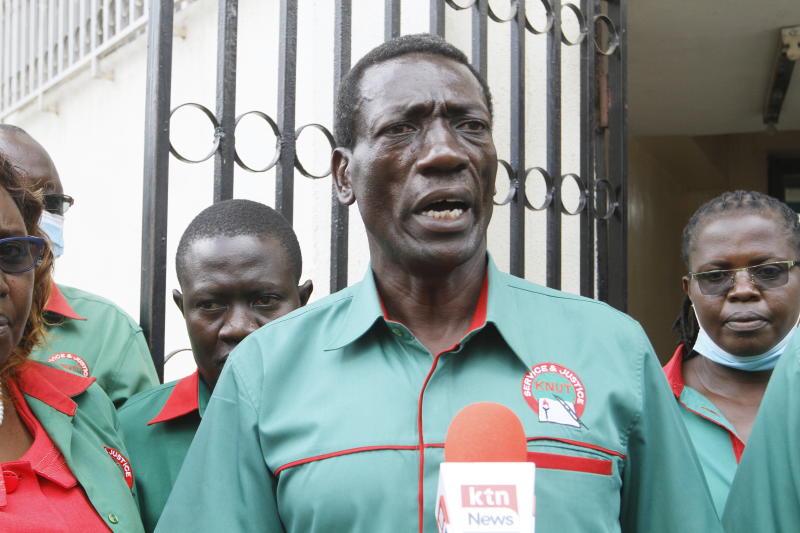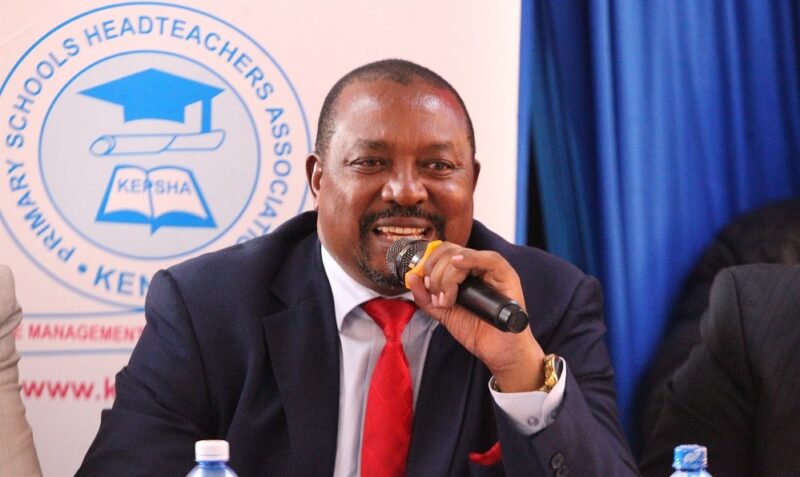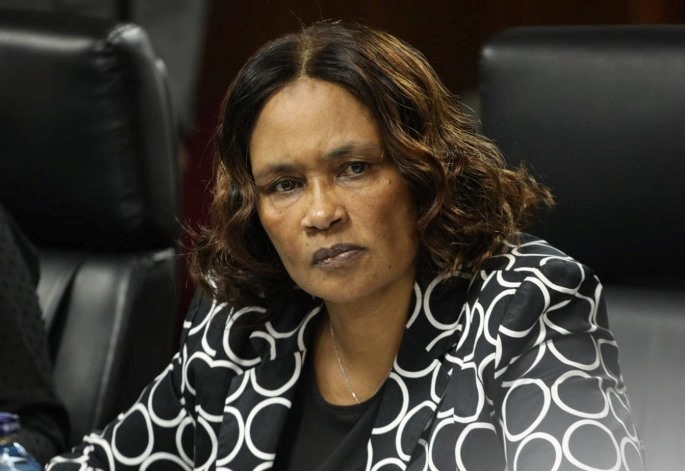Kenya will recruit 24,000 new teachers by January 2026, bringing total hires over three years to 100,000, as part of a broader strategy to resolve teacher shortages and boost education quality.
In a bold step to resolve chronic teacher shortages, Kenya’s Education Cabinet Secretary Julius Migos announced on Sunday that the government will recruit 24,000 new teachers by January 2026. This move positions the total number of teachers hired over the past three years at 100,000, marking a significant milestone in the government’s education reform agenda.
Speaking during World Teachers’ Day at Moi International Sports Centre, Migos reaffirmed the government’s commitment to revitalizing public education. “We have already hired 76,000 teachers, and with these 24,000, the total will hit 100,000,” he said. He also revealed plans to hire an additional 16,000 teachers later in 2026, signaling continued momentum in bolstering staffing in public schools.
The recruitment effort comes amid long-standing staffing gaps across the country, which have hampered effective delivery of education services, especially in underserved regions. By January, the newly recruited teachers are expected to be deployed to classrooms across Kenya, helping to reduce overcrowding and improve student–teacher ratios.
To facilitate this massive recruitment, the Teachers Service Commission (TSC) has digitized its hiring process, said TSC Chair Jamleck Muturi. “Registration is automated, and recruitment is now fully online,” he stated, adding that the system will enhance efficiency, transparency, and fairness. Muturi assured that by early next year, the 24,000 new teachers would be in class.
This campaign builds on earlier efforts: “Over 300,000 teachers have already been retooled,” Muturi noted, as part of ongoing capacity development under the Competency-Based Education (CBE) curriculum rollout. Separate from recruitment, the government has also promoted 151,612 teachers, with fresh interviews slated to take place immediately.
The allocation of Ksh. 950 million for teacher retooling further underscores the holistic approach being implemented. That funding is intended to support professional development initiatives tailored to evolving educational requirements. The government’s vision extends beyond mere numbers: it embraces training, digital integration, and curriculum enhancement.
In sum, Kenya’s plan to bring 24,000 new teachers into public schools by January 2026 is not just a numerical target—it reflects a multi-pronged reform strategy. Through recruitment, professional development, promotions, and digital systems, the government is aiming to elevate the quality and capacity of public education nationwide.
